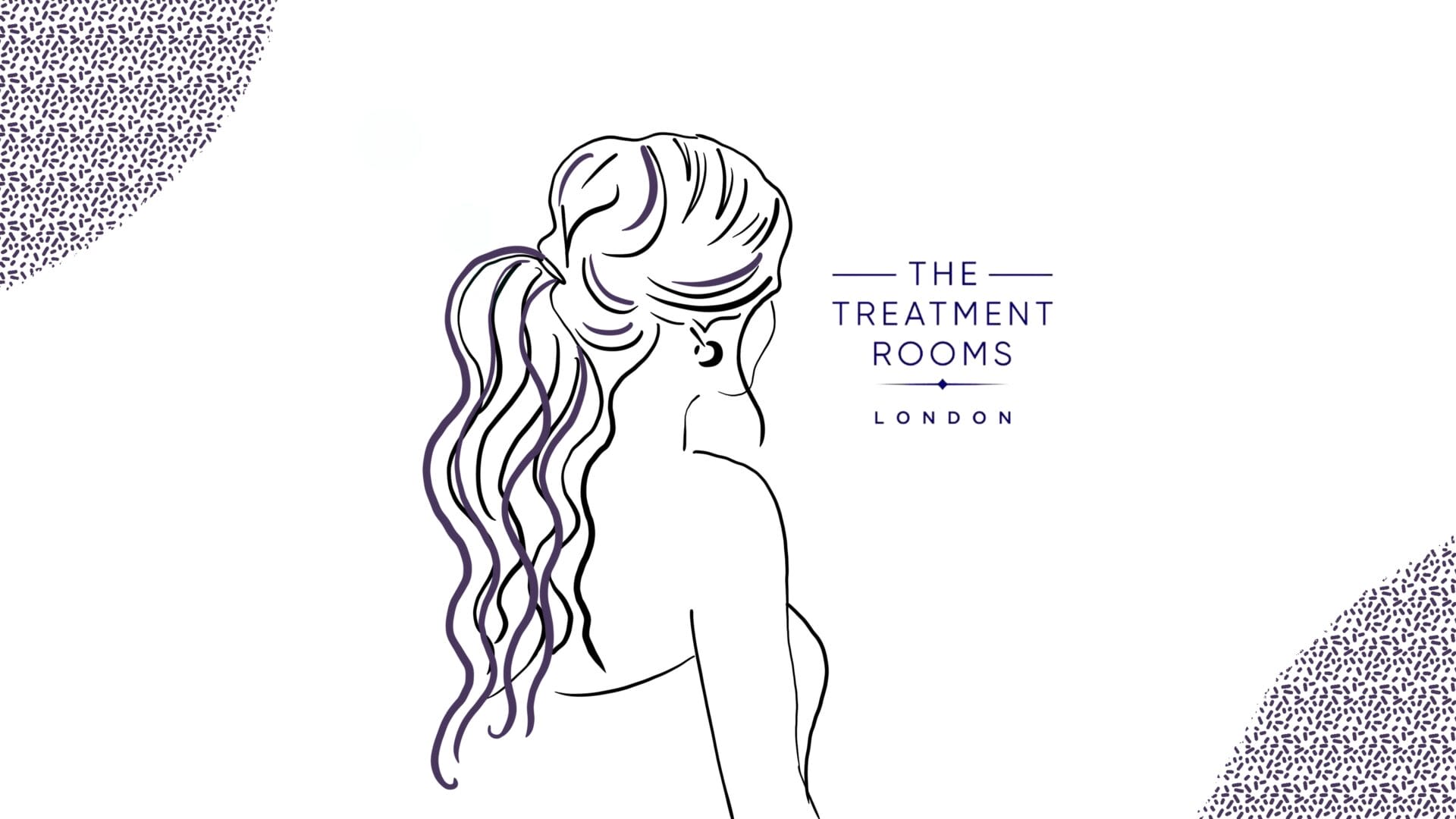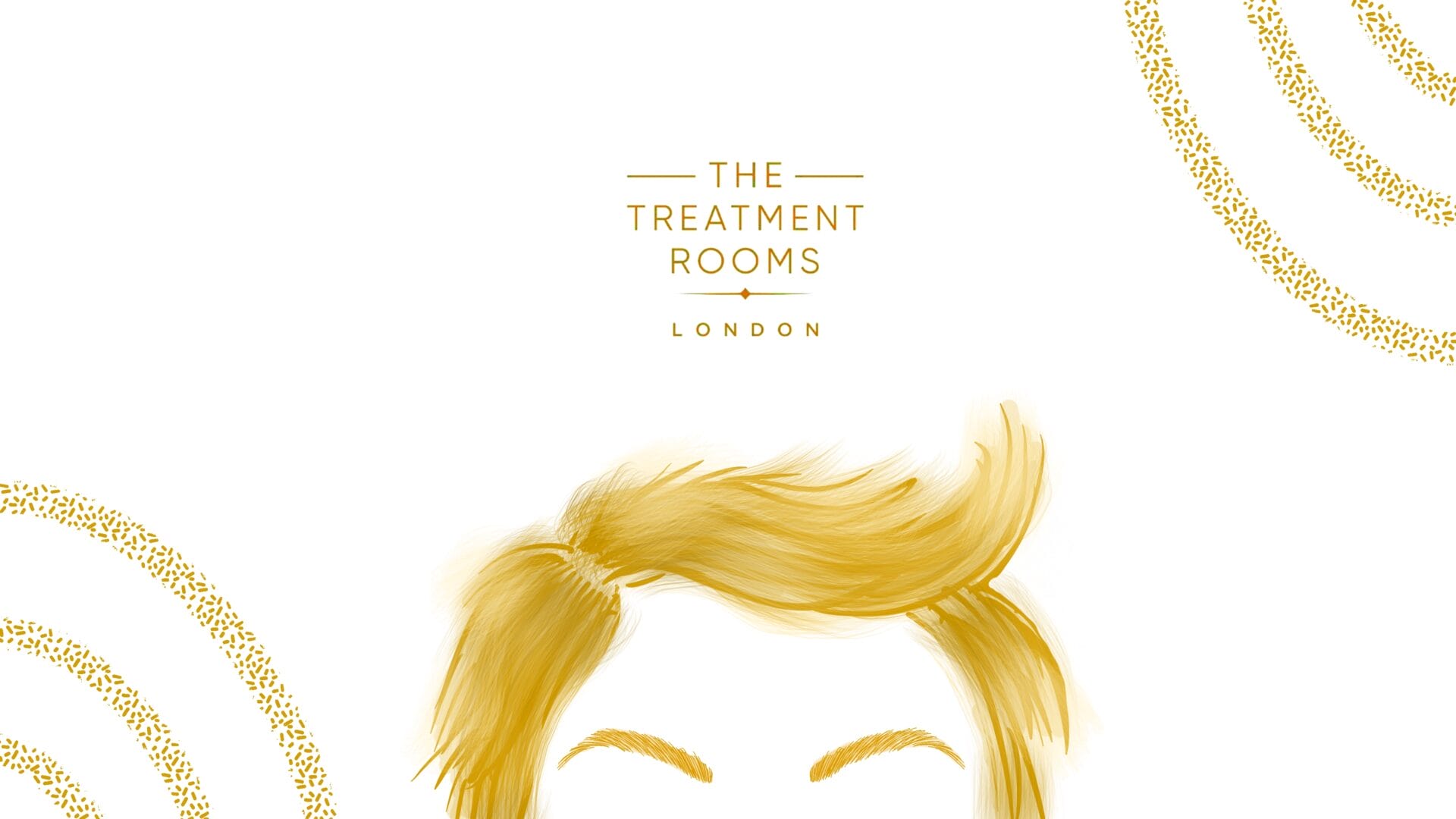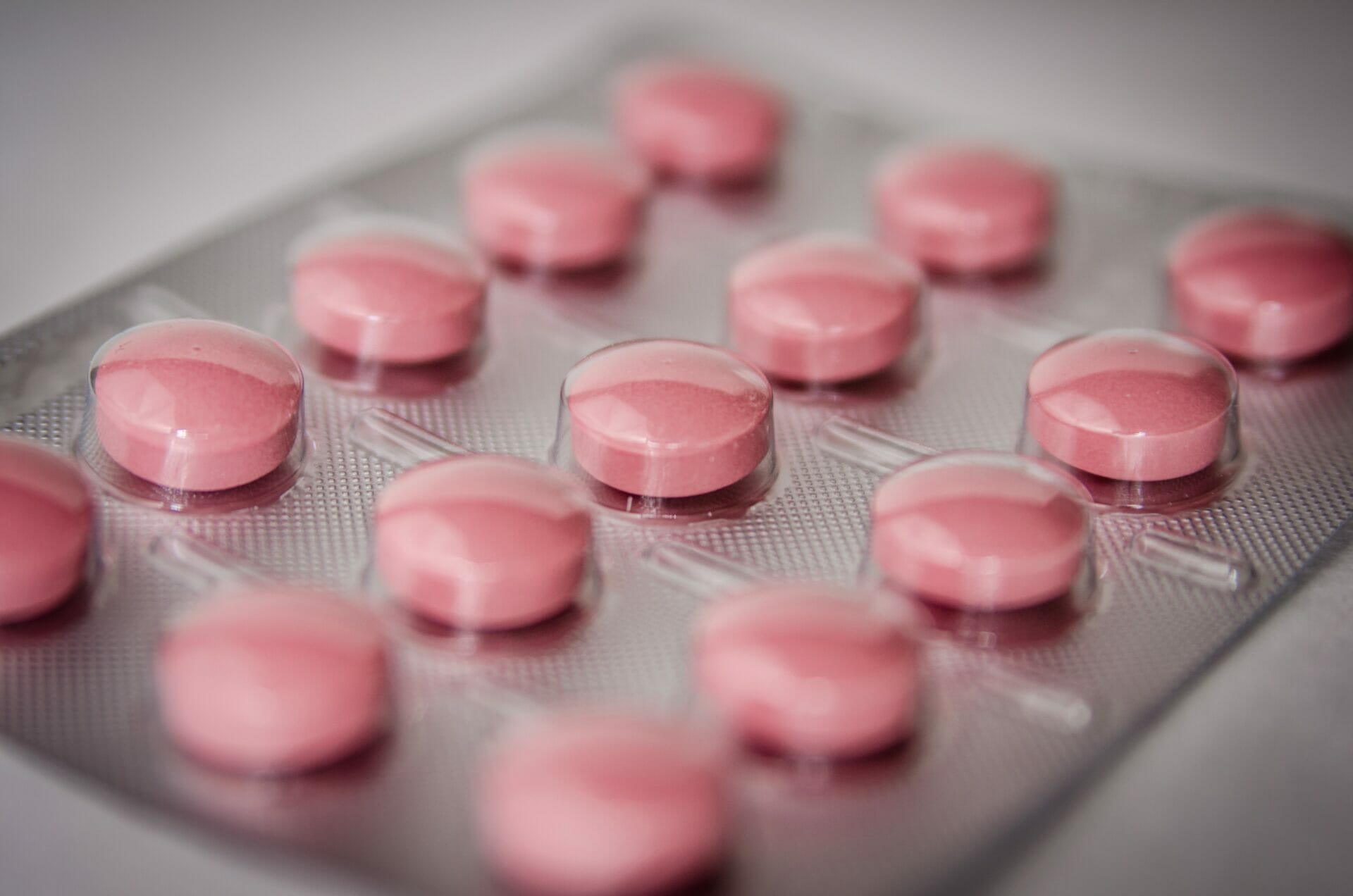Hair Transplant Side Effects & Treatment
The most common side effects of a hair transplant include:
- Swelling
- Bleeding
- Itching
- Crusting
- Shock loss & hair loss
Sometimes patients can have rarer complications like an infection. We go into greater detail about each point mentioned above.
Pain after hair transplant
What is happening? Your pain may be worse on the evening of and the day after your surgery. The pain can be felt in your donor area but also where hairs have just been implanted. It is often described as a graze-like pain but shouldn’t be severe. The hair transplant involves many small cuts to your head. After the local anaesthetic has worn off you may start to feel some of these small cuts. By the next day the worst of the feeling should have worn off and you should feel comfortable. In a small number of patients where the transplant has been a large one, you might feel mild pain that persists for 1- 2 weeks.
How can you treat the pain? Any pain you feel can be easily managed using Paracetamol with Ibuprofen (or Nurofen). If you need something stronger it is worth going back to your hair transplant surgeon to discuss what can be given.
Why isn't your pain going away? If your pain is persistent following a hair transplant you ought to go back and see your surgeon. The pain might go away with a bit more time but in some cases, the pain can be because of another problem. For example, in patients who have been over-harvested with poor implantation of grafts and delayed scalp healing.
For more information, take a look at our ‘Is A Hair Transplant Painful’ article which explores this topic in greater detail.
Swelling after hair transplant
Swelling or ‘oedema’ is a common side effect of hair transplants. It usually occurs in the forehead and lasts for 2-6 days after the operation. In rare cases, swelling can involve the eyelid. If this occurs it may delay a patient’s return to work; but not to worry, your eyes will heal.
What is happening? As you have undergone surgery there will be an element of inflammation from the surgery. This inflammation will cause the skin tissue in the scalp to swell and feel tight. This can sometimes move down the forehead and affect the eyes.
How can you treat swelling? At The Treatment Rooms London, we tend to provide anti-inflammatory medications such as dexamethasone (a steroid). This is a tablet that you take twice a day and it helps to reduce the swelling. In most patients, the swelling is kept completely at bay.
What if your swelling isn’t going away? Sometimes in large hair transplant cases your swelling may persist for a bit longer than 7-10 days or might start to affect your eyes. You should at this point reach out to your hair transplant surgeon. They will be able to advise on how to best manage the side effects. Rest assured this side effect should disappear.
Bleeding after hair transplant
Bleeding can occur as a side effect straight after your transplant. The back of the head where your hair follicles have been taken out will ooze on the day of your surgery. This will stop after the procedure and you will develop scabs. The area will heal over the next few days/ weeks.
Bleeding in the area where follicles have been implanted can be normal on the day of the procedure. You should not be bleeding the day after the procedure. If you are, you may have dislodged or removed an implanted hair follicle.
How can you treat bleeding? If you find you are bleeding the day after the procedure, don't panic. Simply get a clean swab/ cotton bud or cloth and apply gentle pressure to the area. Don’t rub as it might dislodge any follicles. The bleeding should eventually stop. You should notify your surgeon that this has happened as it could mean you have lost a hair follicle.
What if the bleeding isn’t going away? If you bleed despite applying light pressure then you should contact your surgeon who should see you as soon as they can.
Itching after a hair transplant
Itching after having a hair transplant is a common reaction to the surgery. In fact, it is a natural response to the body healing itself and an ordinary side effect to most surgical procedures. However, itching your scalp after a transplant can damage or dislodge your new implanted fragile follicles.
Itching is often the last side effect to develop. It often affects the back and sides of the head where the donor was taken. It can also affect the area where grafts have been implanted. Itching may start as early as 4-5 days after the procedure and can last up to a month.
What is happening? Like swelling, itching is secondary to the inflammation and healing processes your scalp is going through after surgery. Itching can also be due to a dry scalp after hair transplantation. In both circumstances, the side effect tends to go away with time.
How can you treat itching? Please click through to a blog article that we have created that focuses on what to do if your scalp is itching after a hair transplant. Below we have summarised some of the topics that you can expect to find in this article:
- Do not scratch the itch!
- Saltwater spray
- Taking an antihistamine
- Medicated shampoo
- Steroid scalp solution
Some of these solutions, like the saltwater spray, will be included in your aftercare pack given to you by one of our surgeons after the procedure. To find out more, visit our hair transplant aftercare and recovery page.
Crusting
You may notice some crusts that appear in the donor area-these are scabs and they are normal. Crusts may also appear where your grafts have been implanted- this is also normal.
What is happening? The crusts appear because of dried blood and fluid from your surgery settling around each of your implanted hairs. Crusting can be prevented during your surgery by careful washing and spraying by your surgeon. Crusts may appear after your surgery too.
How can you treat crusting? Firstly, do not pick the crusts off. You risk pulling the grafts out and ruining your hair transplant. We recommend spraying your grafts regularly in the first 4 days after surgery. This helps to prevent hard crusts from forming. Once you start washing on the 5th day, soak your crusts for 5-10 minutes and wash the area away. Do not spray the area directly with your shower head but instead, let water trickle over and wash the foam away. After 1-2 weeks you should be crust free.
Hair loss after hair transplant surgery
Hair loss, also known as ‘shock loss’, is a common side effect of FUE hair transplant surgery, so do not be alarmed if this happens as it’s a completely normal process. Shock loss starts to occur after the first week of surgery. Once the excessive shedding stops, new hairs will grow in place over the next 8-12 months.
Infections After Hair Transplants
As with any surgery, there is always a risk of infection. Your hair transplant should be carried out in a sterile (clean) surgical room so this risk should be minimal. Infection can start as soon as a day after your surgery. Infection normally causes your scalp to feel hot, painful and itchy. If you notice small, painful yellow bumps in the area where your new grafts are located, take a read of our ‘Redness After Hair Transplant’ article to find out more.
What is happening? As the grafts have been implanted into small cuts there is a risk of bacteria settling into these cuts too and causing an infection around the hair (folliculitis).
How can you treat infection? Normally this can be treated easily with an antibiotic tablet. The tablet should start working within 1-2 days and clear your infection in 7 days. There should not be any risk to your grafts if this is done quickly so make sure you visit your surgeon promptly if you notice signs of an infection. Sometimes your surgeon may also recommend a cream to apply on your head. This can also help fight the infection.
How The Treatment Rooms London can help you
At The Treatment Rooms London, our hair transplant clinic provides a range of medications, tips and tricks, and aftercare products to help you through your recovery journey. After the procedure, we will also go through the aftercare and recovery process and provide you with a meticulously constructed, bespoke plan to help you through the healing process.
If you’re still experiencing any of the above after the recovery process or if you believe your side effects are becoming progressively worse, please contact one of our experienced surgeons. Alternatively, you should contact your GP.
Read more:
- Hair Transplant Surgery
- Hair Transplant Aftercare and Recovery- A Patient Journey
- Transplant Recovery- What You Need To Know
- Itching After A Hair Transplant
- Are Hair Transplants Dangerous?
References:
- Nusbaum BP, Techniques to reduce pain associated with hair transplantation: optimizing anaesthesia and analgesia. 2004, Am J Clin Dermatol, 5(1):9-15
- Avram M, Rogers N and Watkins S, Side-effects from follicular unit extraction in hair transplantation. 2014, J Cutan Aesthet Surg, 7(3): 177-179
- Gholamali A, Sepideh P and Susan E, Hair Transplantation: Preventing Post-operative Oedema. 2010, J Cutan Aesthet Surg, 3(2): 87-89
- Loganathan et al, Complications of Hair Restoration Surgery: A Retrospective Analysis, 2014. Int J Trichology, 6(4): 168- 172
Authored by
Reviewed by
FUE HAIR TRANSPLANT REVIEWS
Latest News
Hair Extensions And Hair Loss – What You Need To Know
April 17, 2024
Quick Summary: Hair Extensions and Hair Health About Hair Extensions: Hair extensions are versatile styling tools that…
Minoxidil For Eyebrows – Does It Work?
April 16, 2024
Quick Summary: Eyebrows & Minoxidil Understanding Eyebrow Hair Loss: Losing eyebrow hair can deeply impact how confident…
An In-depth Guide To Finasteride For Hair Loss
April 10, 2024
It is normal to lose around 50 to 100 hairs per day. However, when that number increases,…
Book A Consultation








